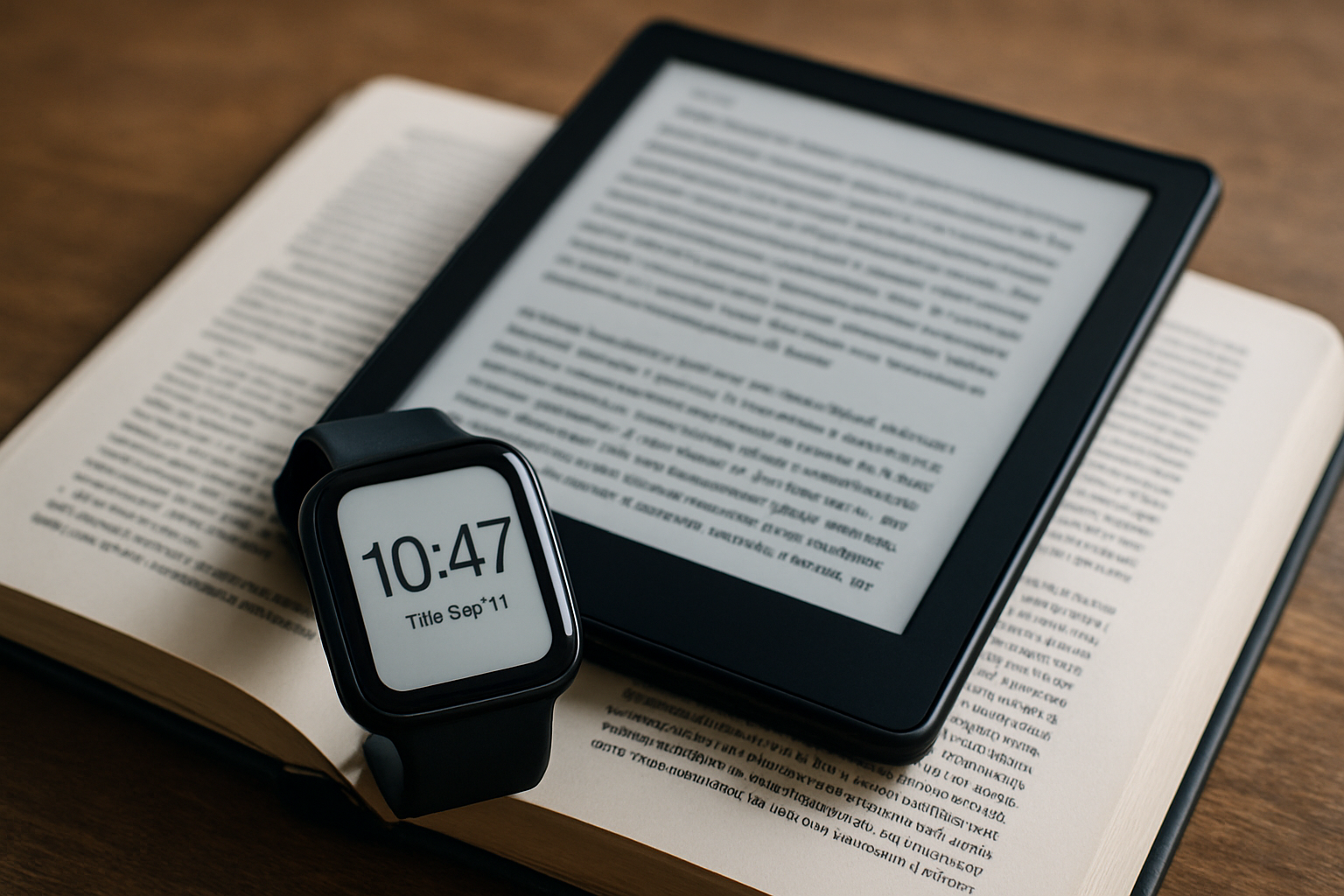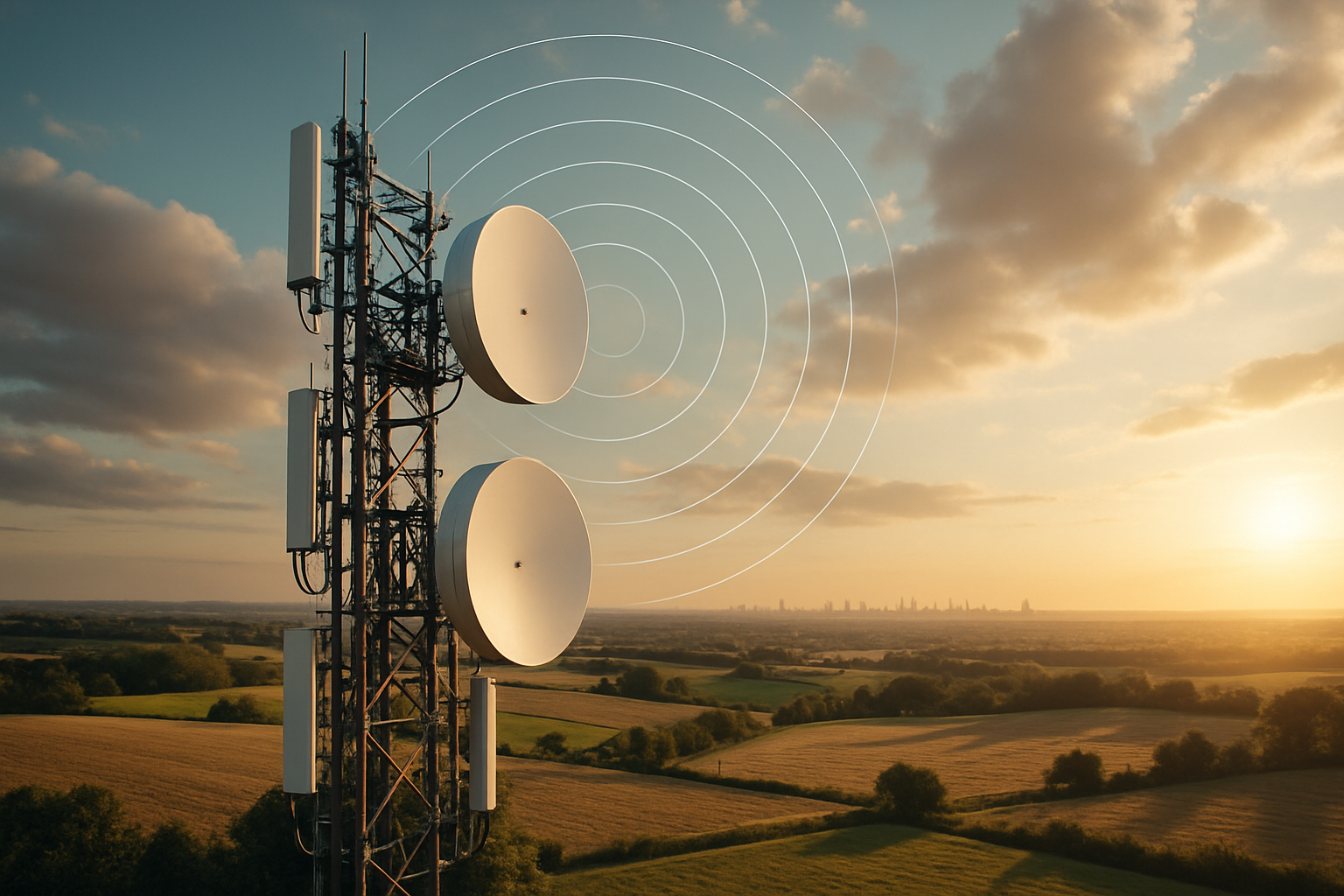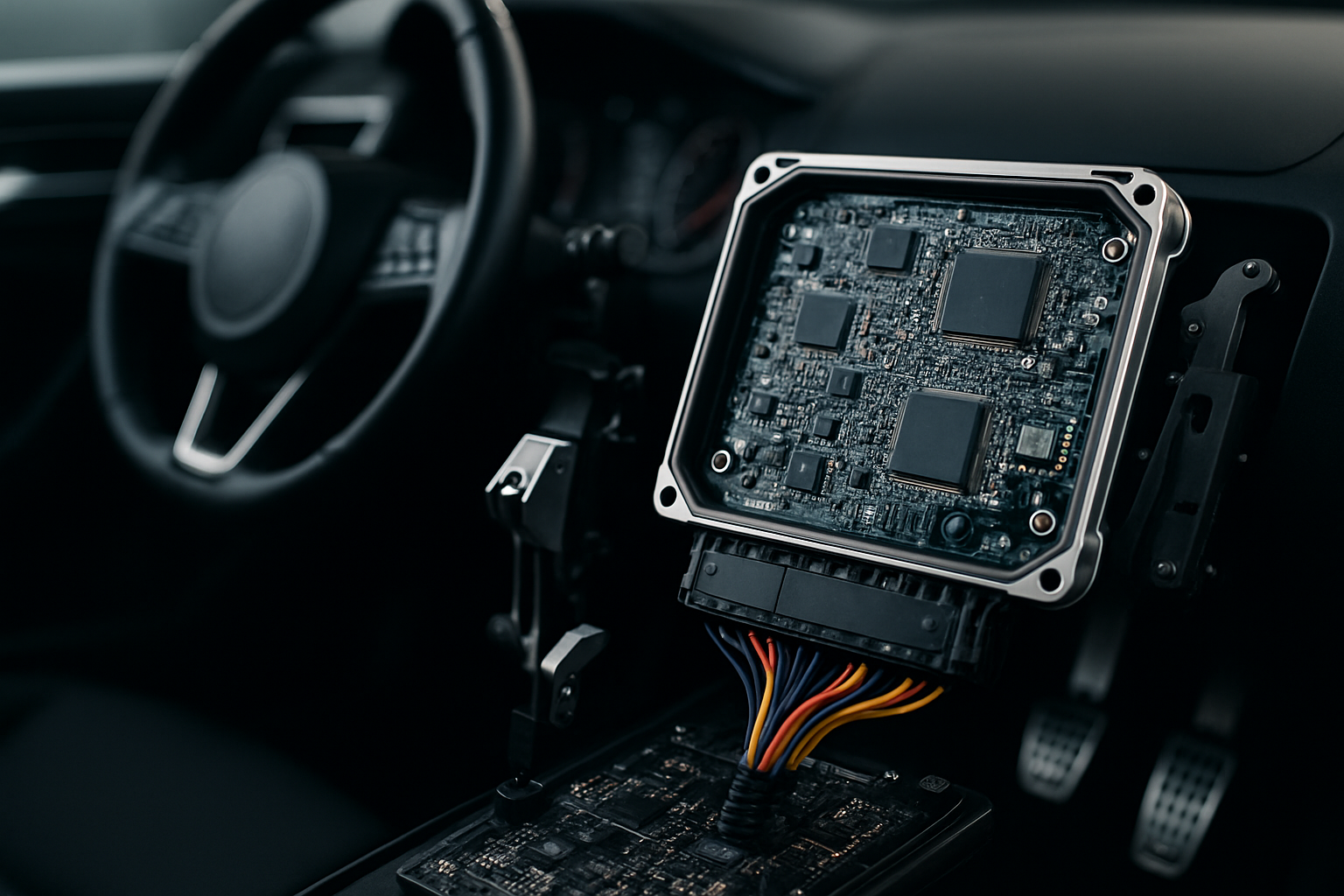A New Era in Tech: The Rise of E-Paper
In the early 1970s, the Xerox Palo Alto Research Center pioneered a technology that has seen an unexpected revival in recent years. E-Paper, or electronic paper, was initially conceptualized as a medium that could mimic the appearance of printed paper. It was seen as an ambitious project, a tech novelty that didn't quite find its footing in the market. However, with the advent of the digital age and the boom in consumer electronics, e-paper technology is making a strong comeback, bringing a fresh perspective to the way we interact with digital media.

The Rebirth of E-Paper
Fast forward to today, e-paper has found its niche in various gadgets—from e-readers like the Amazon Kindle to smartwatches like the Pebble. This is primarily due to its unique characteristics: low power consumption, sunlight readability, and a display that appears almost like a printed page. This makes it a perfect match for devices that require long battery life and excellent visibility under direct sunlight.
The Kindle Effect
The launch of Amazon’s Kindle in 2007 marked a turning point in the acceptance of e-paper. Suddenly, the idea of reading books on a screen that closely replicates the look and feel of printed paper became appealing to millions of people worldwide. The Kindle’s success was a testament to the potential of e-paper, and it opened up new avenues for this technology.
The Market Impact and Price Point
E-paper displays are generally more expensive than their LCD or OLED counterparts. For instance, a 6-inch Kindle Paperwhite retails for around $130, while a basic Android tablet can be purchased for less than $100. However, the added cost is justified by the unique benefits of e-paper, such as a better reading experience and longer battery life. As the market for e-paper expands, we can expect prices to become more competitive.
The Road Ahead
The future of e-paper looks promising. Advancements in color e-paper technology, such as E Ink’s Advanced Color ePaper (ACeP), are expected to broaden the application of e-paper in sectors like advertising and retail. Moreover, flexible e-paper displays are being developed, paving the way for revolutionary products like rollable e-readers and smart clothing.
In conclusion, e-paper technology, with its unique blend of aesthetics and functionality, is making a strong statement in the world of consumer electronics. It’s a fascinating example of how an overlooked technology from the past can find new life and relevance in the present. The next time we pick up our e-readers or glance at our smartwatches, let’s remember the journey of e-paper and anticipate its exciting future.





